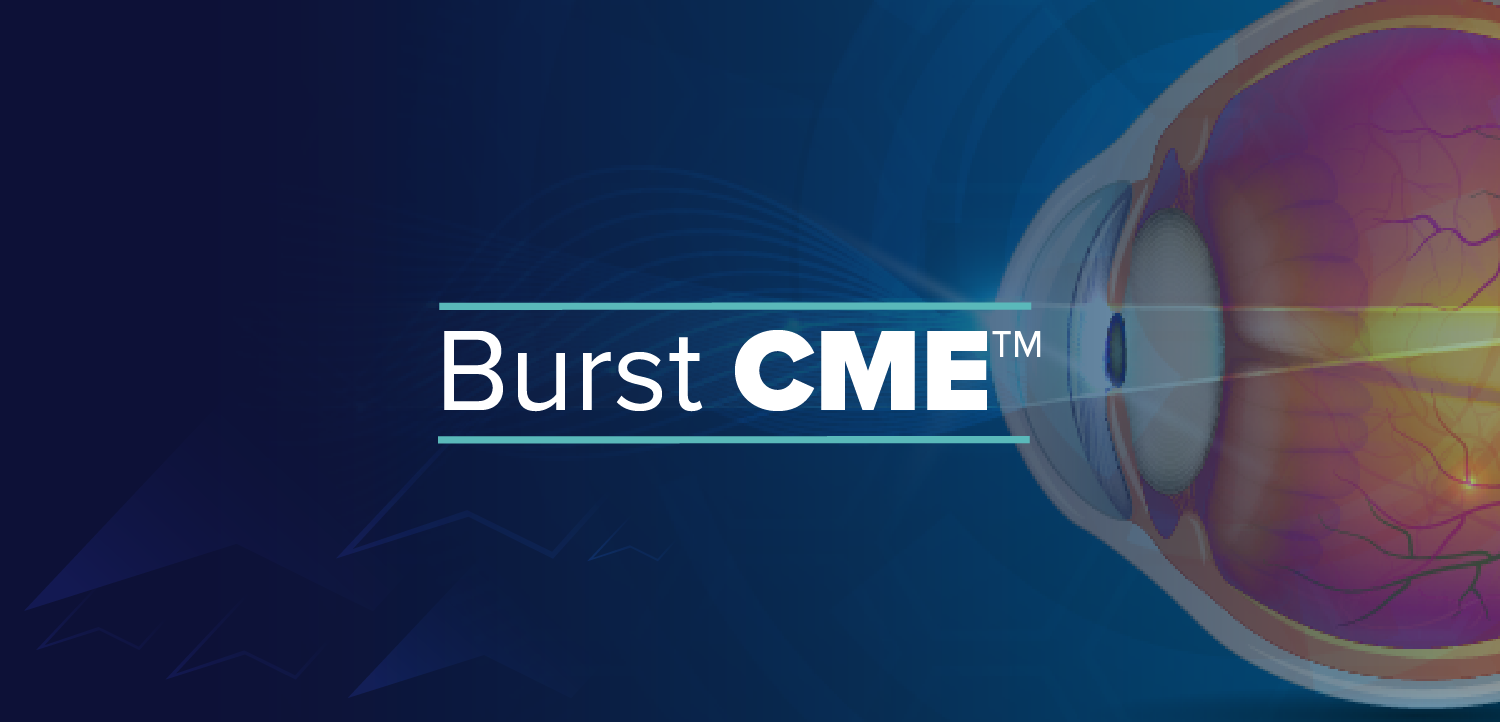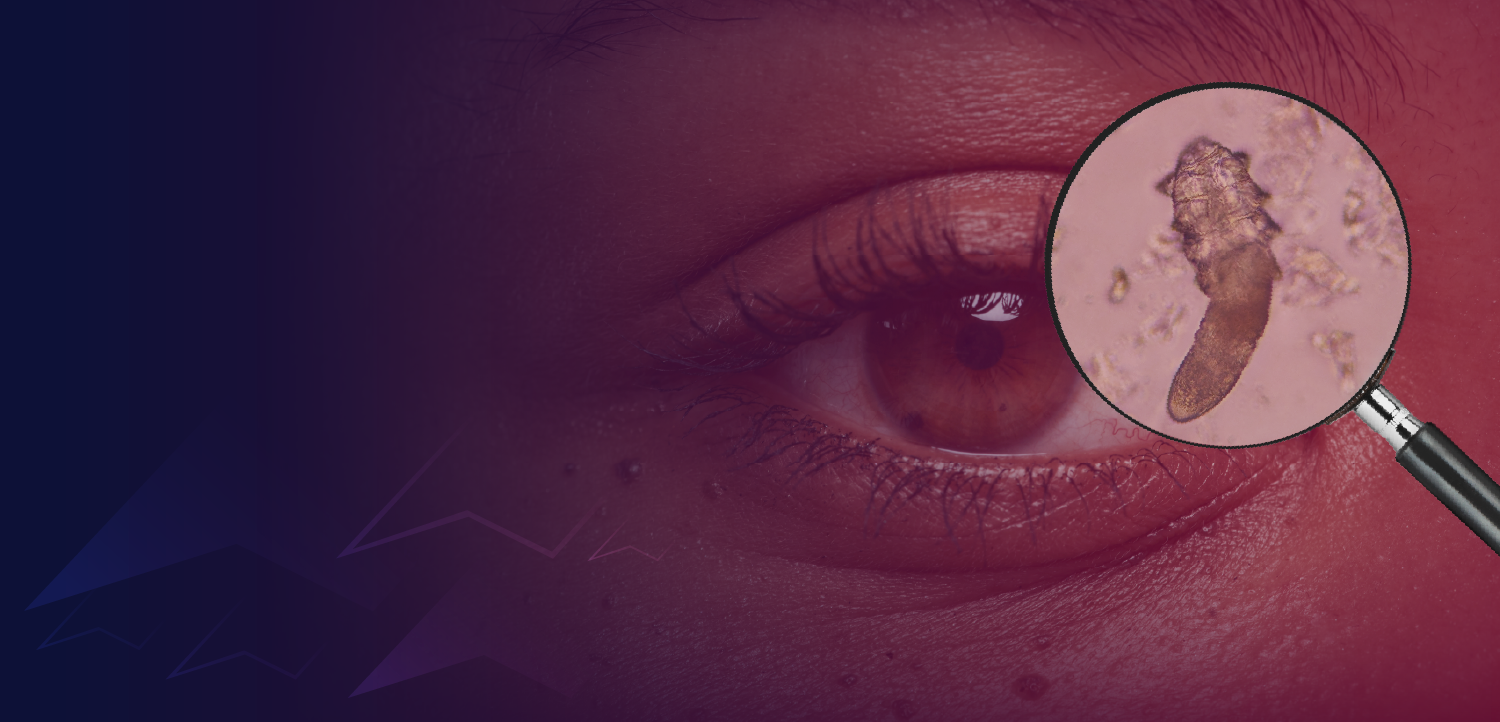
Efficacy of teprotumumab in reducing eyelid retraction in TED
Key Takeaways
- Teprotumumab effectively reduces eyelid retraction in patients with moderate-to-severe thyroid eye disease (TED).
- The study involved 91 patients, with a majority being women, and assessed changes in MRD and proptosis.
The study’s main outcome measures were the changes in those 2 parameters following treatment with teprotumumab.
Eman M. Al-Sharif, MBBS, and associates reported the efficacy of teprotumumab (TEPEZZA, Horizon Therapeutics) for reducing eyelid retraction in patients with thyroid eye disease (TED).1 She is from the Division of Oculofacial Plastic and Reconstructive Surgery, Viterbi Family Department of Ophthalmology, UC San Diego Shiley Eye Institute, La Jolla, CA, and the Surgery Department, College of Medicine, Princess Nourah bint Abdulrahman University, Riyadh, Saudi Arabia.
Al-Sharif was joined in this collaboration by researchers from the University of Maryland School of Medicine, Baltimore, and the Division of Plastic and Reconstructive Surgery, Department of Surgery, UC San Diego School of Medicine, La Jolla.
The researchers included cases with active or chronic moderate-to-severe TED that had been treated with a minimum of 4 cycles of teprotumumab. Those included in the study had upper and/or lower eyelid retraction; they defined the eyelid retraction as the “margin-to-reflex distance (MRD) 1 and/or MRD2 of more than 5 mm, in one or both eyes.
The study’s main outcome measures were the changes in those 2 parameters following treatment with teprotumumab. Any subsequent changes in MRD1 and MRD2 were analyzed to identify a correlation (r) with changes in exophthalmolmetry, the investigators recounted.
Ultimately, 91 patients, the vast majority of whom were women (87%), were included in the study; the average patient age was 52.02 years. The mean baseline proptosis measurement was 21.8 ± 2.9 mm and 21.7 ± 3.3 mm in the right (OD) and left (OS) eyes, respectively. The respective average MRD1 was 5.5 ± 1.5 mm and 5.4 ± 1.7 mm, and the average MRD2 was 6.1 ± 1.1 and 6.2 ± 1.1. The follow-up duration post-treatment was 37.5 ± 31.7 weeks.
Treatment effect
At the first follow-up evaluation after treatment with teprotumumab, the respective mean changes in proptosis, MRD1, and MRD2 were −2.6 ± 2.0 OD, −2.5 ± 2.1 OS, −0.8.5 ± 1.4 OD, −0.8 ± 1.0 OS, and −0.7 ± 0.9 OD, −0.8 ± 1.0 OS.
“The correlation analysis showed that the reduction in proptosis was positively correlated with the MRD1 and MRD2 reductions at the first post-treatment follow-up (MRD1: r = 0.23, p < 0.01; MRD2: r = 0.17, p = 0.03].
The authors concluded both that treatment with teprotumumab improved upper and lower eyelid retraction and that the improvement in the MRD was correlated positively with proptosis reduction, which indicated the effect of the global position on the eyelid position.
Reference
Al-Sharif EM, Zhou J, Shoji MK, et al. Effects of teprotumumab on eyelid retraction in thyroid eye disease. Ophthalmic Plast Reconstr Surg. 2025;
41:22-27; doi:10.1097/IOP.0000000000002707
Newsletter
Don’t miss out—get Ophthalmology Times updates on the latest clinical advancements and expert interviews, straight to your inbox.



















































.png)


